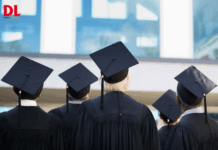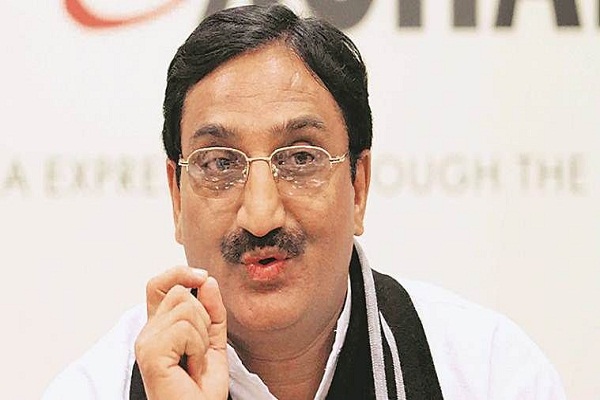High Tech High, in this innovative charter school, in a converted warehouse, students don't take tests or write papers. Instead, they use the latest technology to produce documentaries, books and presentations.
The brainchild of lawyer-turned-educator Larry Rosenstock, High Tech High is one of many attempts in America to reinvent high schools. The movement is fueled by growing alarm over dropout rates – especially among blacks and Hispanics – disengaged students, and a decline in American competitiveness in science and math. High Tech's model is to locate small schools with no more than 450 students each on the same campus. In San Diego are High Tech High, two other specialty high schools, two middle schools, and an elementary school. The schools are more like college than high school, with students taking responsibility for their own learning through interdisciplinary projects and internships. Unlike many charter schools that target low-income students or minorities, High Tech High seeks students of all backgrounds on the conviction that they learn best together. Its student body is about 55 percent white, 15 percent each black and Hispanic, the rest Asian and Filipino. About 15 percent are poor enough under federal guidelines to qualify for free and reduced-price lunches.
High Tech High, with its high ceilings, exposed ductwork, and glass-walled offices, doesn't look like a school. Student work clogs the classrooms and hallways, everything from computer-altered photographs to a human-powered submarine, the work of a physics class. While every moment is abuzz with activity, there is very little disruption. The curtained, gray-carpeted oval in the center of the one-story building, called the common space, sometimes is used as a classroom, sometimes as a meeting place, sometimes for quiet study. It is “high tech” not because it trains students to fix computers and write software, although some do, but because technology is infused throughout the curriculum. Students work on networked laptops and maintain digital portfolios. There are plans to open more school campuses in California as well as Texas.



















